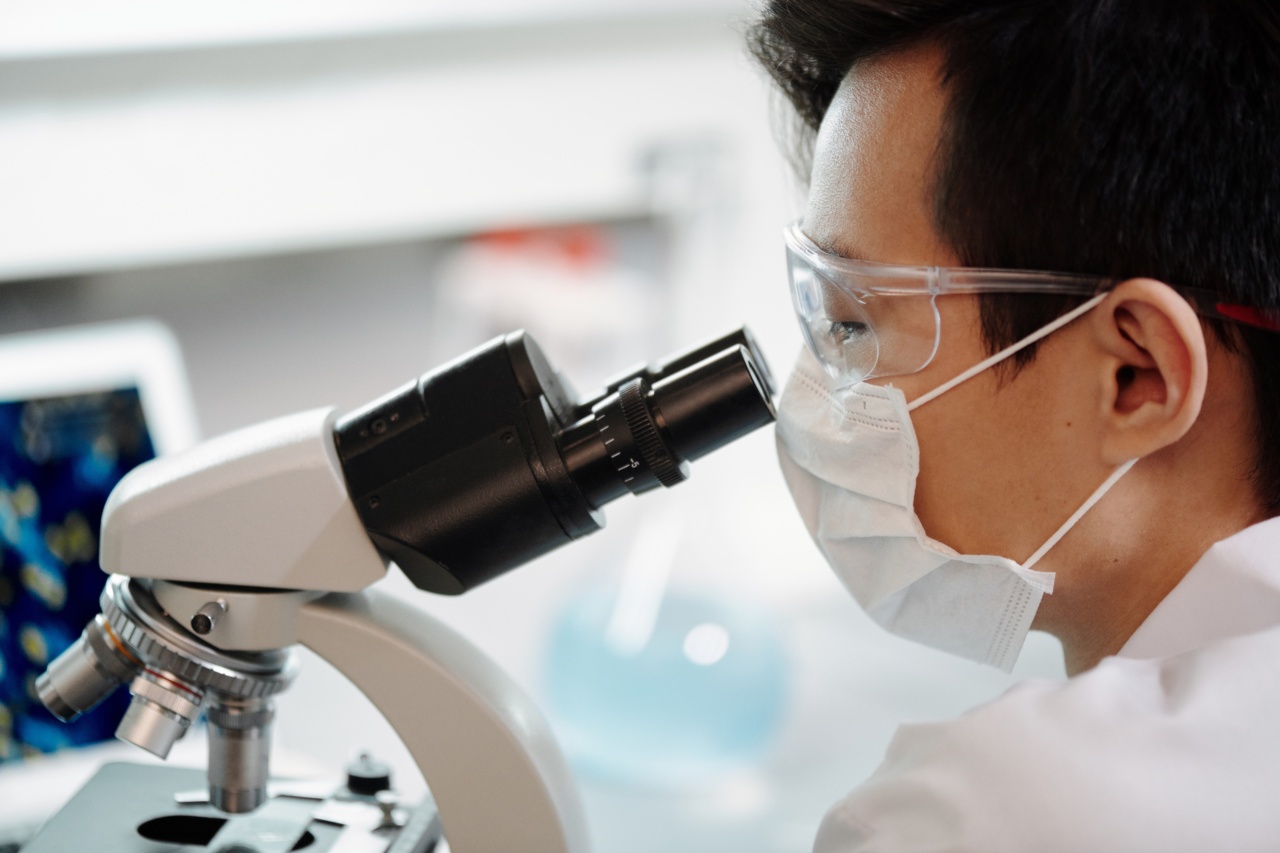Antibiotics have long been hailed as the miracle drugs of modern medicine, saving countless lives by defeating bacterial infections.
However, the overuse and misuse of antibiotics in recent times have inadvertently given rise to a new menace – hyper-resistant bacteria. These resilient strains have evolved to withstand the effects of commonly used antibiotics, rendering once-effective treatments useless.
The reckless behavior surrounding antibiotic use has played a significant role in the development and spread of hyper-resistant bacteria, posing a severe threat to global health.
1. Inappropriate Prescription Practices
One of the primary contributors to the rise of hyper-resistant bacteria is the inappropriate prescription of antibiotics. In many cases, antibiotics are prescribed for viral infections, against which they have no effect.
This misguided practice not only fails to resolve the underlying illness but also exposes bacteria to unnecessary antibiotics, increasing the likelihood of resistance development.
2. Over-the-Counter Availability
In some countries, antibiotics can be purchased without a prescription, contributing to their misuse. Self-medication without proper medical guidance can lead to inadequate treatment durations and incorrect dosages.
This incomplete eradication of bacteria allows the surviving strains to evolve and become resistant to the antibiotics used, ultimately fueling the growth of hyper-resistant bacteria.
3. Agricultural Antibiotic Use
The use of antibiotics in agriculture is another reckless behavior that promotes the development of hyper-resistant bacteria. Antibiotics are routinely administered to livestock and poultry to prevent and treat infections and to promote growth.
However, the excessive use of antibiotics in these settings creates a breeding ground for resistant bacteria. This reservoir of resistant strains can then spread to humans through direct contact or consumption of contaminated food products.
4. Inadequate Infection Control Measures
Proper infection control measures play a crucial role in minimizing the spread and development of hyper-resistant bacteria.
Unfortunately, inadequate practices in healthcare settings, such as poor hand hygiene and insufficient sterilization of medical equipment, contribute to the transmission of bacteria, including resistant strains. This allows hyper-resistant bacteria to proliferate and pose a significant threat to vulnerable patients.
5. Non-Compliance with Treatment Regimens
Non-compliance with prescribed antibiotic treatment regimens is a prevalent problem that can exacerbate the development of hyper-resistant bacteria.
When patients fail to complete the full course of antibiotics, they leave behind surviving bacteria that are more likely to be resistant. These surviving bacteria can then multiply and spread, contributing to the emergence and persistence of hyper-resistance.
6. Widespread Antibiotic Use in Animal Husbandry
Similar to the use of antibiotics in agriculture, the administration of antibiotics in animal husbandry is a major concern. Livestock, including poultry and cattle, are often treated with antibiotics to prevent disease outbreaks in crowded conditions.
This routine antibiotic use promotes the spread of resistant bacteria through food products, environmental contamination, and direct contact, further amplifying the development and distribution of hyper-resistant strains.
7. Lack of Public Awareness
A general lack of public awareness surrounding the issue of antibiotic resistance contributes to reckless behavior. Many individuals are unaware of the consequences of misuse, overuse, and inappropriate prescription of antibiotics.
This ignorance leads to a lack of personal responsibility in the proper use of antibiotics, perpetuating the cycle of resistance development.
8. Insufficient New Antibiotic Development
The limited development of new antibiotics in recent decades has also played a part in the rise of hyper-resistance. As bacterial species continue to evolve, there is a constant need for new antibiotics to combat emerging resistant strains.
The lack of investment and research in this area creates a vacuum, allowing hyper-resistant bacteria to persist and spread.
9. Global Travel and Transmission
The ease and frequency of global travel have significantly contributed to the spread of hyper-resistant bacteria. Resistant strains can quickly cross borders through international travelers, making containment efforts more challenging.
Additionally, the transmission of hyper-resistant bacteria between individuals in densely populated areas, such as hospitals and airports, further fosters their development and propagation.
10. Inadequate Surveillance and Monitoring
The lack of robust surveillance and monitoring mechanisms is a critical loophole that promotes the growth of hyper-resistant bacteria.
Without comprehensive tracking and identification systems, the emergence of resistant strains often goes unnoticed until they cause severe outbreaks or treatment failures. More efficient and widespread surveillance is necessary to detect and respond to hyper-resistant bacteria in a timely manner.





























